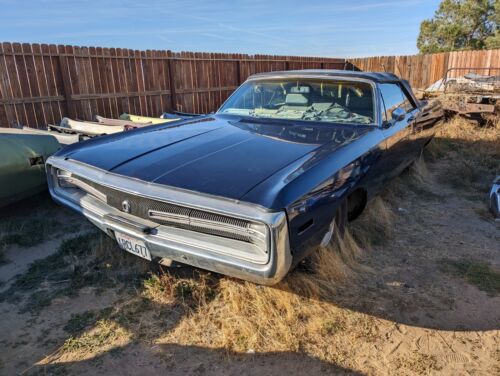To my knowledge, Chrysler never used that term except maybe in one of their performance books
RE: Stall speed. I'm going to say I was wrong and Chrysler does reference "stall speed" in their convertor performance tests. I'm going to still say that it was a BS tool used in the aftermarket though.
I was looking for a reference I could link to explain torque v. stall speed. I had read about the "K" factor in a few places, most notably the Munroe authored 727 Trans book. Motor Trend explains it here. (although there's a typo in the formula)
https://www.motortrend.com/how-to/mopp-1302-the-mystery-of-the-fluid-coupler-torque-converter/
K=rpm divided by the square root of torque.
Then I looked at the TSB for 1970 and interestingly enough, the "stall speed" spec for all all the 440 engines is the same in this TSB from 1970. Looking a little more, I also found this on page 21-18 in the FSM.
While on the surface, yep, the stall speed is the same spec... But would greater low end torque of the std 440 would come into play here? Or is that minimal enough that it would be the same spec range?
What does this prove? I don't know... So I went even farther down the rabbit hole and realized I was looking at the proof all along... and I had posted it!
The flex plate! There is a different flex plate for the smaller convertor, so it would seem that there would be two listings for the 440! But there isn't!
Again, I squeezed the heading down on this pic so it makes sense.
I guess that proves that only one convertor was used with the 440 and that appears to be across the models (and that surprises me even more)
OK, as my wife always reminds me, I'm wrong.
It does surprise me... Not being wrong, I'm wrong often enough not to be surprised.... Again, ask my wife.. Still... If someone took apart an unmolested 1970 440 with an HP motor in it and pulled out a 10 3/4" convertor, it wouldn't surprise me at all, because I know never to say never with Mopars.
Now I have to go back to earlier (67-69) cars, especially the B-bodies to see if that holds with them.

















